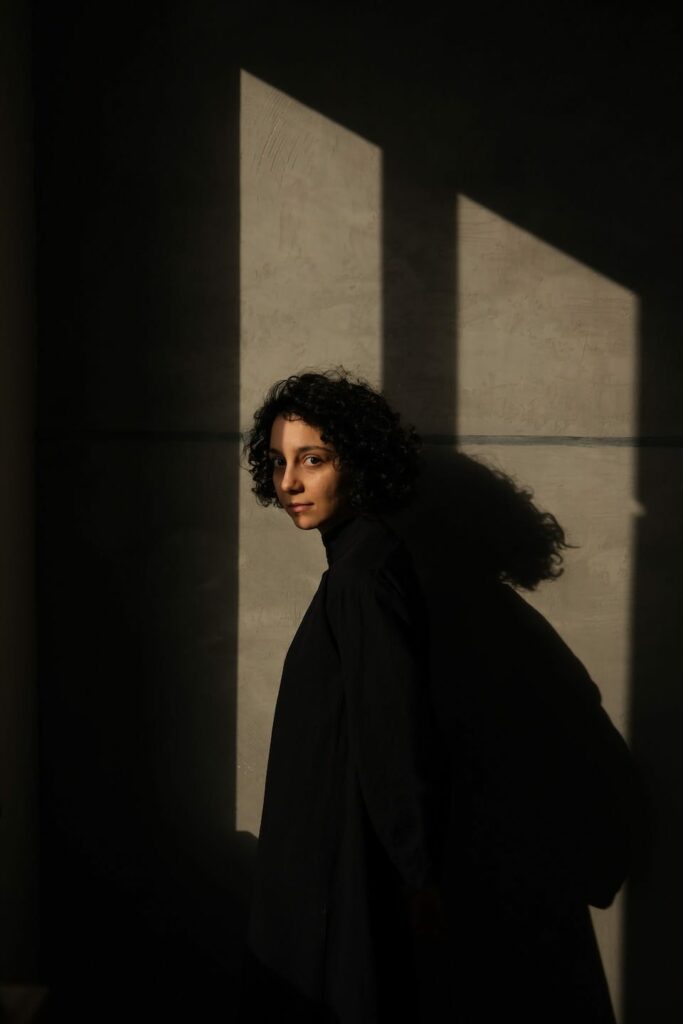Sofreh Aghd
FILM BY LIFESTORY.FILM
Traditional Persian Ceremony Elements
The Sofreh Aghd is the most important element of a traditional Persian ceremony – it represents elements and blessings for the couple’s new life together. Like many cultures, Iranians have many diverse religious backgrounds. However, shared by most all of these religions is the Sofreh Aghd and the Mokhaddeh (the bride and groom’s seating).
Ayeeneh
Ayeeneh means mirror. This important object is the most prominent element of the Sofreh Aghd. During the wedding reception, the mirror sits at the table and stays with the couple throughout their marriage. It will even be put on display in their home. Literally, the Ayeeneh is reflective of light and a representation for a bright future. In Persian weddings it is customary for a bride to enter the room veiled and for the groom to first see her via a reflection of her in the mirror. For us as photographers, one of the most meaningful moments we capture is the bride and groom looking into the mirror together.
Shamoun
One of the biggest influences in Persian celebrations is Zoroastrianism – faith, centered in a dualistic cosmology of good and evil. The Shamdoon (candles and candelabras) signify purity and the fire they hold symbolizes energy and clarity of mind during the couple’s life together. Most traditional Persian celebrations – be they Nowruz, Aroosi or another faith – center around fire. Within the Iranian culture, fire is not seen as negative but as a purifying agent.
Holy Book of Choice
The Holy Book represents energy of love and lifelong blessing from God. It signifies both the importance of prayer and blessing in the couple’s life. The Holy Book can embody multiple traditions and heritages. However, if the couple prefers to not use religious texts, an option is to use the Hafez Book of Poetry. This book is the highest literary symbol of love in Persian culture.

Noone Sangak & Meevah
Food you can expect to see at a Persian wedding are Noone Sangak and Meevah. Meevah is a basket of fruit that represents a joyous future. Typical fruits include anar (pomegranates) or seeb (apples). Noone Sangak is a flatbread native to Iran baked using hot stones. This traditional bread is a symbol of prosperity and feasts for the future. When it is shared with guests it reinforces the importance of familial relationships in the Persian culture. Noone Sangak can be simple or ornate. Sometimes it is shaped like flowers or with the word Mobarak (celebrate or celebrations) etched into it.
Tokhmeh Morgh
Tokhmeh Morgh are ornately decorated eggs that represent fertility. They’re either beaded or painted gold. Usually the eggs are accompanied by badoom (almonds), gandom (walnuts) and gerdoo (hazelnuts) painted or dipped gold and strung together.
Asal
Another symbolic food incorporated in the Sofreh Aghd is asal – or honey. Asal symbolizes the sweetness of the union and blessings for a wonderful life. During the wedding ceremony the couple will feed each other asal.
Sheereeni & Shahkh-eh-Nabaat
Sheereeni are sweet pastries displayed and shared with the guests of a Persian wedding. The Shahkh-eh-Nabaat is a rock candy bowl that is kept as a keepsake for the couple.
Kaleh Ghand
Khaleh Ghand is a sugar cone wrapped in a decorative sheet. It is used to shower the bride and groom with sweetness and extend a blessing from one generation to the next.
Esfand
A critical element in a traditional Persian ceremony is the burning of incense to ward away the “evil eye” – a curse or legend. Before the bride walks down the aisle another woman goes before her carrying burning Esfand (wild rue). When the bride takes her seat on the mokhaddeh, the Esfand is set on the Sofreh Aghd to drive away negativity from the sweet union.
Khoncheh
The Khoncheh is an assortment of seven herbs and spices in seven different colors representing prosperity and spiciness. It is an important part of the Persian wedding table. In this assortment you will find: poppy seeds (khash-khaash), wild rice (berenj), angelica (sabzi khoshk), salt (namak), nigella seeds (raziyaneh), black tea (chai) and frankincense (kondor). Each of the spices has a specific meaning and significance and – in total – help ward against evil spirits.
Golab
Golab is rose water. This fragrant element has an immense history and culture surrounding a traditional Persian wedding ceremony. Due to its distinct taste, fragrance, and influence in Iran, Golab is the perfect fragrance to accompany the Sofreh Aghd.
Sekkeh
Sekkeh are gold coins placed on the Sofreh and spread to represent wealth and prosperity for the couple.
Soozan Nakh
Soozan Nakh – needle and thread – represents the blending of two families becoming one during a Persian wedding.






